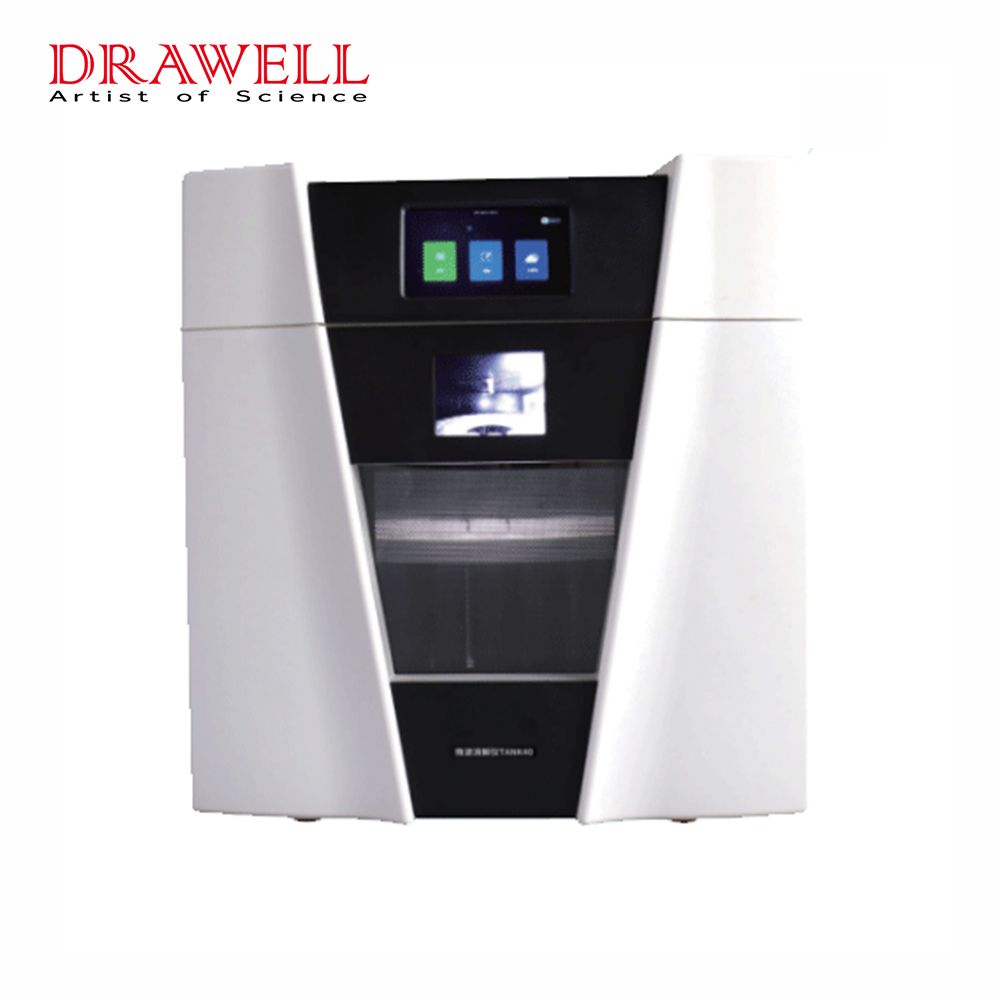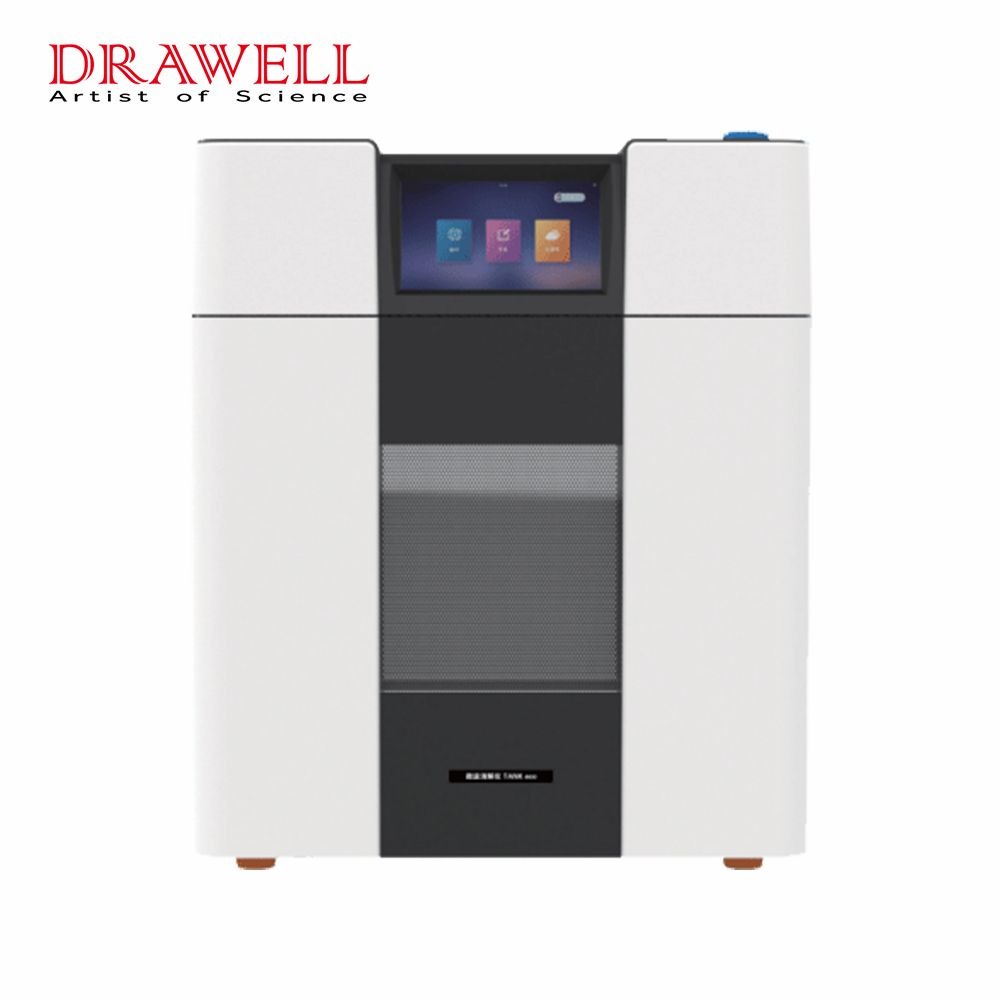In the field of analytical chemistry, Inductively Coupled Plasma (ICP) analysis is a strong instrument for precisely identifying the elemental composition of a wide range of compounds. However, before the ICP magic can take effect, a critical step must be completed: sample preparation. Enter the microwave digestion system for ICP, a game-changing device that has revolutionized sample preparation for elemental analysis. In this article, we will delve into the world of microwave digestion system for ICP analysis, its significance and applications.
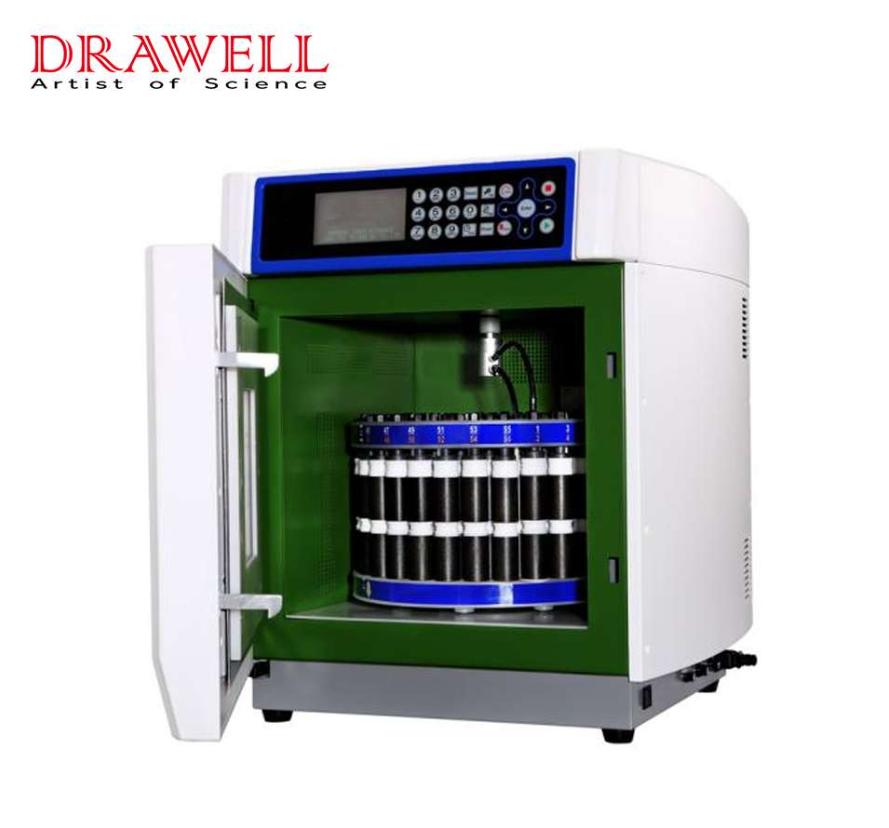
Significance of Microwave Digestion System for ICP Analysis
Understanding ICP Analysis
ICP analysis is a versatile and extremely sensitive technique for determining sample elemental composition. It uses an inductively linked plasma source’s high-temperature and ionization capabilities to atomize and ionize components in a sample. The resulting ions are then quantified to provide precise information about the concentration of individual elements.
The Role of Sample Preparation
It is critical to correctly prepare a sample before entering it into the ICP instrument. Sample preparation usually includes digesting solid samples or diluting liquid samples. The purpose is to guarantee that the sample is in an appropriate form for analysis, that it is free of interferences, and that it is homogeneous for reliable results.
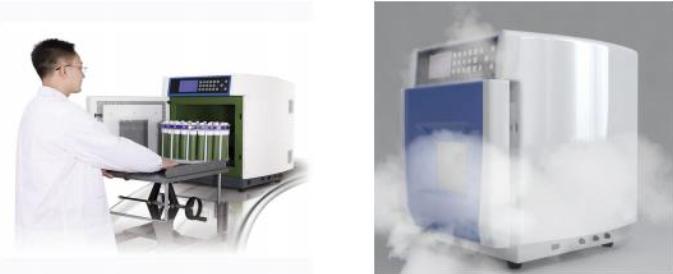
Traditional Digestion for ICP Analysis vs. Microwave Digestion Analysis
Traditional digestion methods employ heated plates or block digesters and can take hours, if not days, to complete. These procedures can be time-consuming, have low digesting efficiency, and may increase contamination risks.
In contrast, microwave digestion has transformed the sample preparation process for ICP analysis. It relies on the application of microwave radiation to rapidly heat and digest samples in a closed vessel, often in a matter of minutes. This technology has several advantages:
- Speed: Microwave digestion dramatically lowers digestion times, allowing laboratories to process samples more quickly.
- Precision: Microwave digestion’s controlled and homogeneous heating offers more consistent outcomes and enhanced digestive efficiency.
- Safety: A closed-vessel microwave digesting system reduce the danger of sample contamination while minimizing the release of hazardous gasses.
- Sample Size: Microwave digestion systems can handle a wide range of sample sizes, from small solid samples to large liquid volumes.
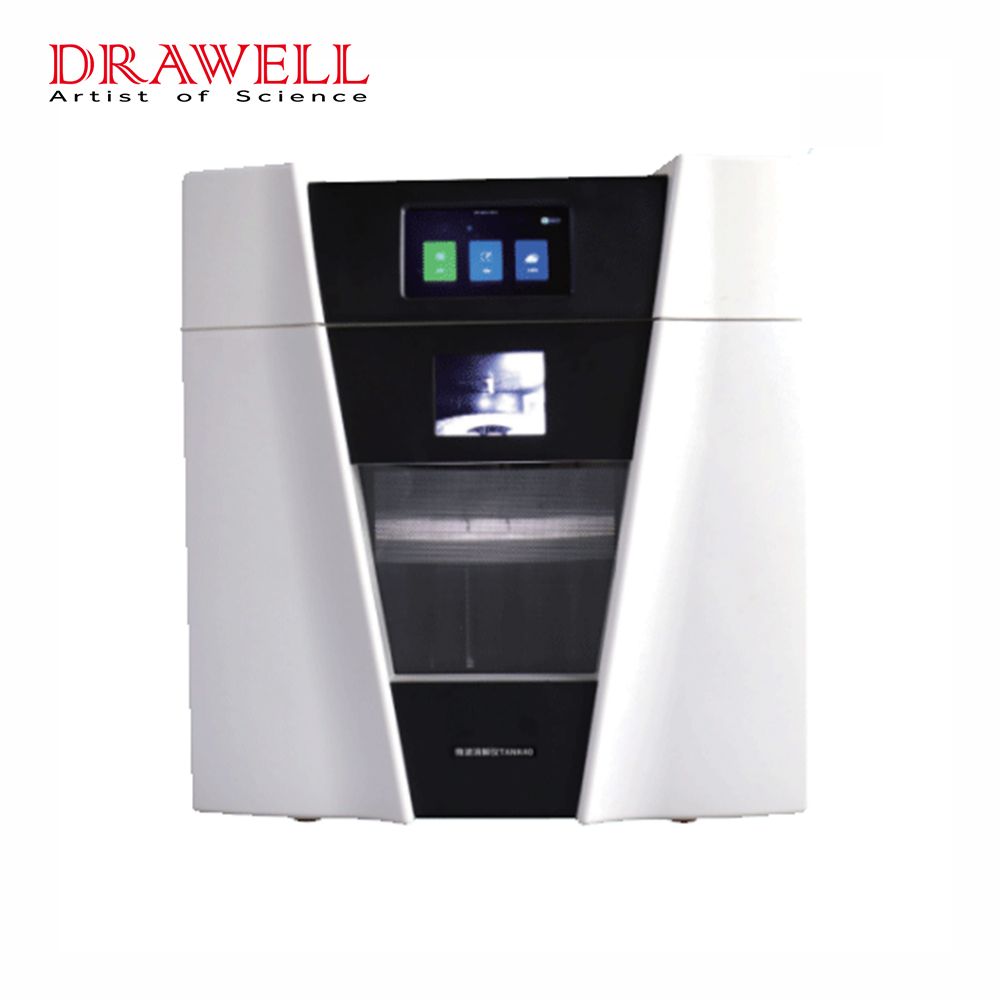
Key Applications of Microwave Digestion for ICP Analysis
Microwave digestion is an effective sample preparation procedure that has found widespread use in Inductively Coupled Plasma (ICP) analysis.
- Environmental Analysis
- Soil and Sediment Analysis: Microwave digestion is critical for determining the quantities of metals and elements in food products. This is crucial for ensuring that food safety requirements and standards are followed.
- Water Analysis: It is used to digest water samples, allowing for the accurate measurement of trace metals and contaminants in drinking water, wastewater, and natural water bodies.
- Food and Beverage Testing
- Food Safety: Microwave digestion plays a vital role in assessing the levels of metals and elements in food products. This is critical for ensuring compliance with food safety regulations and standards.
- Beverage Quality Control: It is used to test the purity and safety of various beverages, such as water, juices, and alcoholic beverages, by determining their composition.
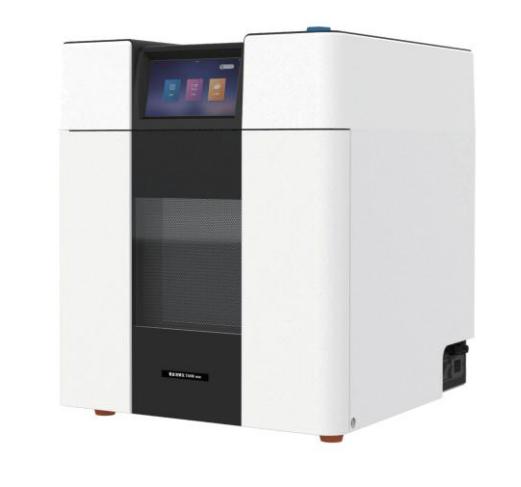
- Pharmaceutical Analysis
- Drug Formulation: To ensure that the elemental makeup of active pharmaceutical ingredients (APIs) satisfies regulatory criteria, pharmaceutical formulations are microwave digested.
- Quality Assurance: This technique is used in pharmaceutical laboratories to test the purity and content of drug samples, ensuring product quality and safety.
- Metallurgical and Mining Industries
- Ore Analysis: Microwave digestion is a technique used to prepare ore samples for ICP analysis, assisting mining corporations in determining the presence and concentration of precious metals and trace elements.
- Quality Control: In metallurgical industries, it aids in quality control by analyzing metallic alloys, ensuring they meet specified composition standards.
- Geological Exploration
Mineral Resource Assessment: Geologists rely on microwave digestion to prepare geological samples, such as rocks and minerals, for ICP analysis. This information is crucial for mineral exploration and resource assessment.
- Environmental Monitoring
Airborne Particulate Matter: Microwave digestion is used to digest airborne particulate matter collected on filters. This allows for the analysis of pollutants and trace elements present in the atmosphere, aiding in air quality assessments.
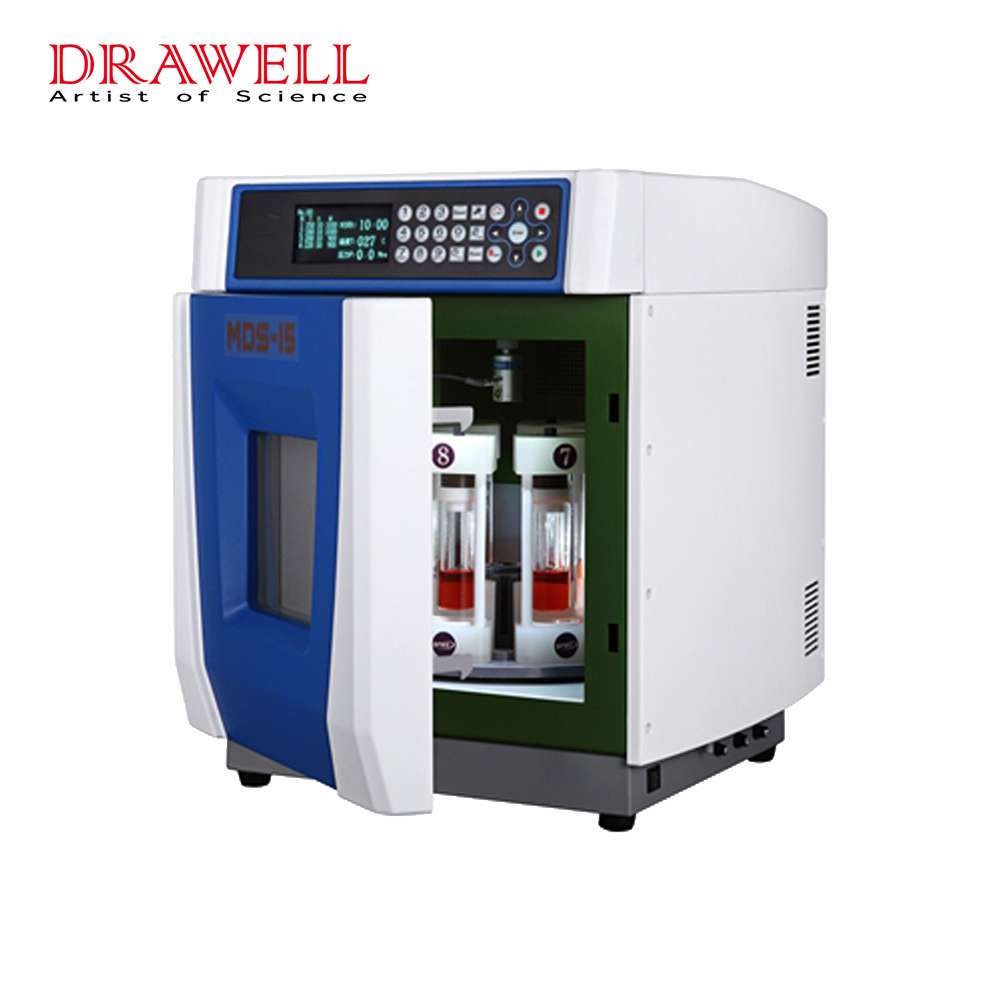
- Chemical Research
Trace Element Studies: Microwave digestion system is essential in chemical research to prepare samples for trace element analysis. Researchers can investigate a wide range of materials, from catalysts to polymers, to understand their elemental composition.
- Forensic Analysis
Forensic Trace Evidence: In forensic laboratories, microwave digestion systems are utilized to digest trace evidence collected from crime scenes. It enables the analysis of materials for the presence of specific elements, assisting in criminal investigations.
- Waste Management
Hazardous Waste Characterization: A microwave digestion system is applied to characterize hazardous waste materials, ensuring proper disposal and compliance with environmental regulations.
Conclusion
The microwave digestion system for ICP analysis is a significant breakthrough in sample preparation techniques. Because of its speed, precision, safety, and versatility, it has transformed the way laboratories prepare samples for elemental analysis. Microwave digestion systems continue to be an important component of analytical chemistry, allowing scientists and analysts to uncover the elemental secrets concealed inside a wide range of samples from many sectors and research fields.

